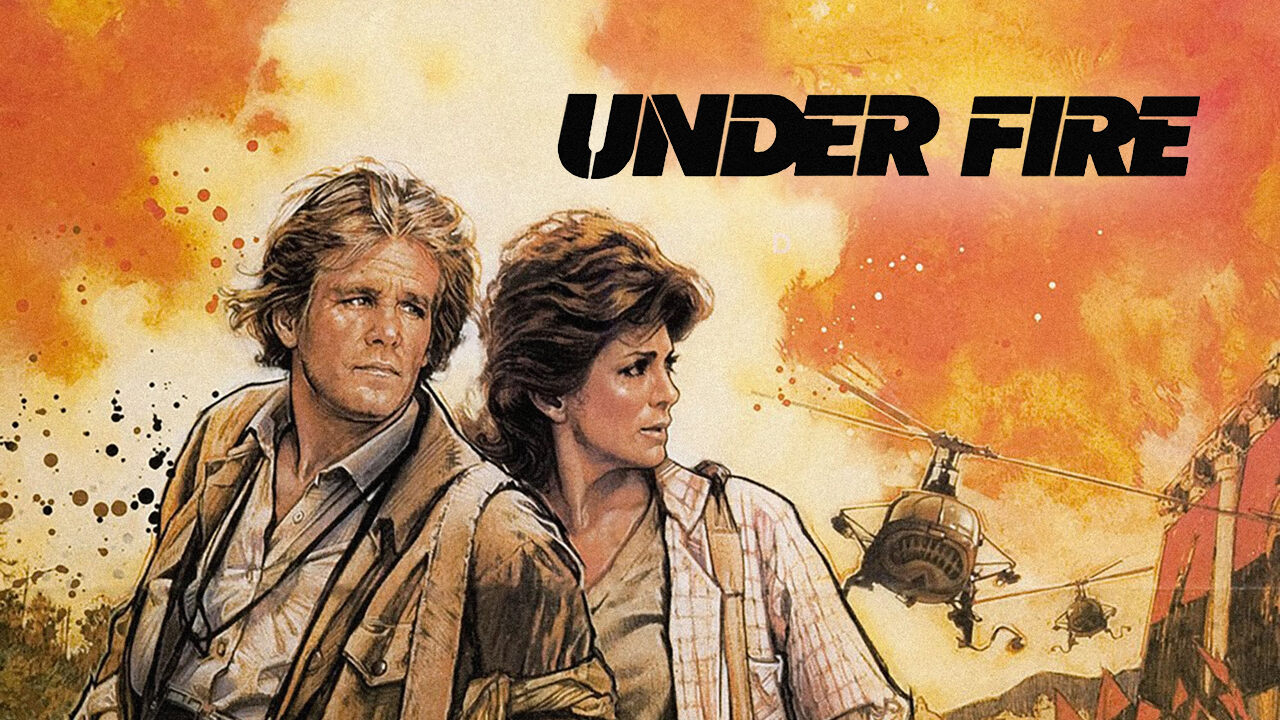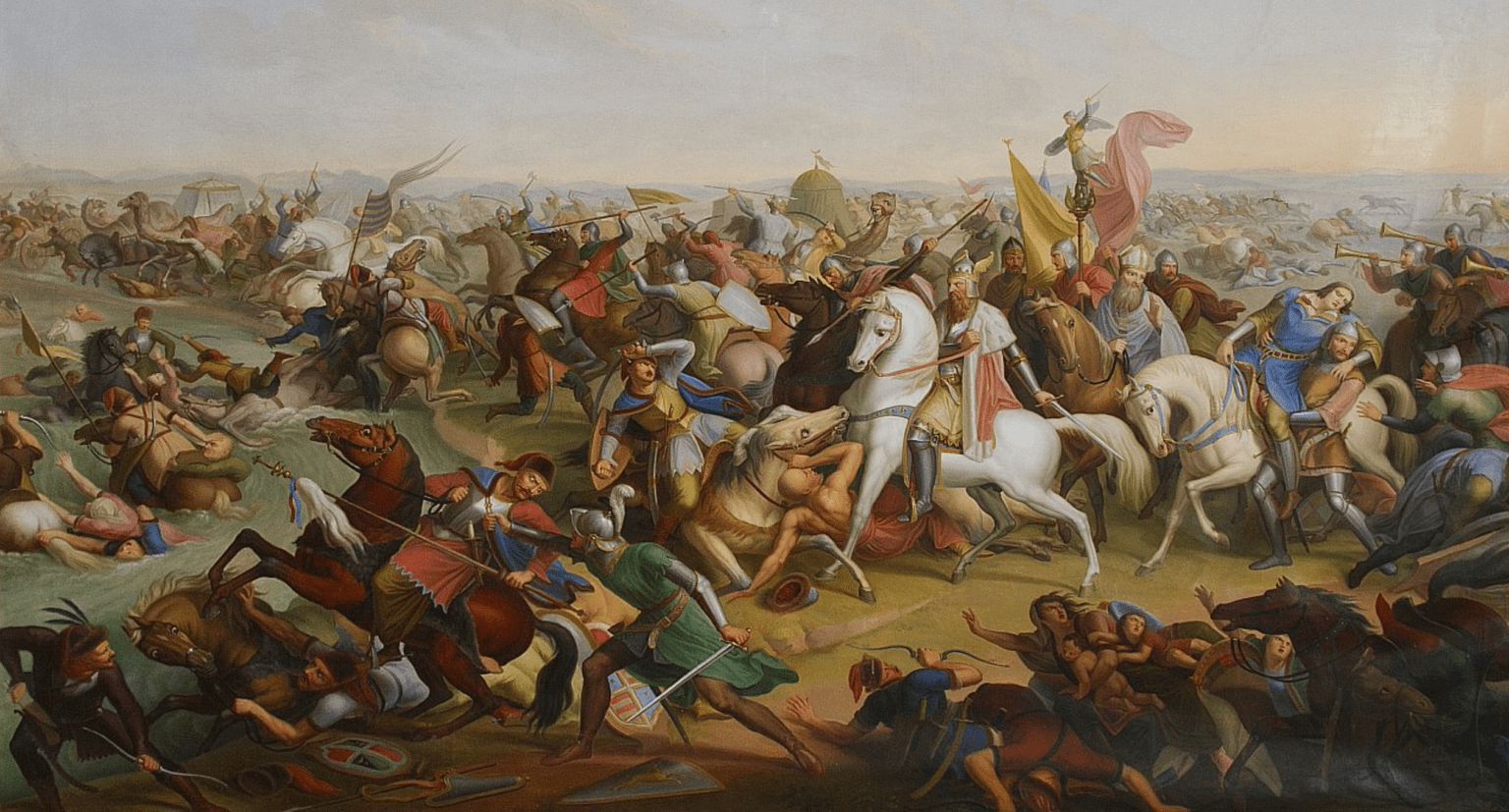
Are you a fan of gripping political thrillers and intense war dramas? If so, then you’re in for a real treat with the movie “Under Fire.” Released in 1983, this critically acclaimed film directed by Roger Spottiswoode takes audiences on an exhilarating journey through the conflicts and complexities of war journalism. Set during the political unrest in Nicaragua in the late 1970s, “Under Fire” delves into the lives of three journalists who find themselves caught up in a dangerous web of corruption and violence.In this article, we will explore 47 fascinating facts about the movie “Under Fire.” From its iconic performances to its realistic portrayal of war-torn landscapes, you’ll discover the behind-the-scenes stories and intriguing trivia that make this film a must-watch for any movie enthusiast. So grab your popcorn and get ready to dive deep into the world of “Under Fire”!
Key Takeaways:
- “Under Fire” is a thrilling political movie set in Nicaragua, praised for its realism and emotional impact. It sheds light on the challenges faced by journalists in reporting conflicts accurately.
- The film’s powerful performances, intense scenes, and thought-provoking narrative have earned it a cult following and continue to resonate with audiences today.
Release Date
The movie “Under Fire” was released on October 21, 1983.
Genre
“Under Fire” is a political thriller film that combines elements of action, drama, and romance.
Director
The movie was directed by Roger Spottiswoode.
Setting
The story of “Under Fire” is set amidst the political turmoil of Nicaragua in the late 1970s.
Protagonists
The film follows the lives of three journalists: Russell Price, Claire Stryder, and Alex Grazier.
Critical Acclaim
“Under Fire” received positive reviews from critics and was praised for its realistic portrayal of war journalism.
Historical Context
The movie is loosely based on actual events that took place during the Nicaraguan Revolution.
Casting
The lead roles in “Under Fire” were played by Nick Nolte, Joanna Cassidy, and Gene Hackman.
Film Locations
The movie was primarily filmed in Mexico, which stood in for Nicaragua.
Box Office Performance
“Under Fire” grossed over $5 million at the box office.
Historical Accuracy
The filmmakers took great care to accurately portray the political climate and events of the time.
Soundtrack
The film features a powerful musical score composed by Jerry Goldsmith.
Political Intrigue
Under Fire” delves into the complex web of political alliances and conflicts during the revolution.
Cinematography
The movie boasts stunning visuals and breathtaking cinematography that captures the intensity of war journalism.
Middle East Connection
The film draws parallels between the political situations in Nicaragua and the Middle East during that time.
Realism
The movie employed real journalists as consultants to ensure an authentic portrayal of the profession.
Awards and Nominations
“Under Fire” received nominations for Best Supporting Actor and Best Original Score at the Academy Awards.
Symbolism
The film uses various symbols and metaphors to explore larger themes of truth and moral ambiguity.
Intensity
“Under Fire” is known for its gripping and intense scenes that keep viewers on the edge of their seats.
Historical Significance
The movie sheds light on a lesser-known chapter in the history of Central America.
Script
The screenplay of “Under Fire” was written by Clayton Frohman and Ron Shelton.
Character Development
The film explores the personal journeys and transformations of the three main characters.
Political Commentary
“Under Fire” offers a critique of U.S. foreign policy and its involvement in Nicaragua during that time.
Editing
The movie’s editing is seamless, effectively building tension and highlighting key moments.
Authenticity
The filmmakers used actual news footage to lend authenticity to the film’s depiction of the conflict.
Real-life Inspiration
The character of Russell Price was inspired by real-life war journalists who risk their lives for the truth.
Box Office Success
Under Fire” was a commercial success, surpassing expectations and gaining a dedicated fanbase.
Controversy
The film sparked controversy for its portrayal of American journalists’ involvement in foreign conflicts.
Impact
“Under Fire” left a lasting impact on audiences, prompting discussions about media ethics and political responsibility.
Cultural Relevance
The movie reflects the broader cultural and political climate of the early 1980s.
Emotionally Charged
“Under Fire” successfully elicits a range of emotions from viewers, from tension and fear to empathy and hope.
Legacy
The film continues to be praised for its thought-provoking narrative and powerful performances.
Dynamic Relationships
The movie explores the complex dynamics between journalists, rebels, and politicians in a war-torn country.
Social Commentary
“Under Fire” offers a scathing critique of media manipulation and propaganda during times of conflict.
Cinematic Brilliance
The film is considered a technical and artistic achievement, showcasing the best of 1980s cinema.
Character Motivations
The motivations of the main characters are explored in-depth, adding depth and complexity to the story.
Political Thriller
“Under Fire” keeps viewers engaged with its thrilling plot twists and suspenseful moments.
Historical Accuracy
The film meticulously recreates the look and feel of Nicaragua during the revolution.
Cultural Exchange
“Under Fire” sparked interest in the Nicaraguan Revolution, leading to greater awareness and understanding.
Length
The movie has a runtime of 128 minutes, allowing for a fully immersive experience.
Balanced Narrative
“Under Fire” presents various perspectives on the conflict, avoiding a one-sided portrayal.
Hailed Performances
The film’s cast received accolades for their powerful and nuanced performances.
Emotional Core
“Under Fire” appeals to viewers’ emotions, making them deeply invested in the characters’ fates.
Visual Storytelling
The film relies on visual cues and cinematography to convey meaning and enhance the narrative.
Historical Significance
“Under Fire” sheds light on the struggles faced by journalists in reporting conflict accurately.
Enduring Relevance
The movie’s themes and messages remain relevant in today’s world, highlighting the power of ethical journalism.
Cult Classic
“Under Fire” has achieved cult status, with a dedicated fan following that appreciates its impact and significance.
Conclusion
In conclusion, “Under Fire” is a gripping movie that combines action, drama, and political intrigue. With its stellar cast, intense storyline, and powerful performances, it has become a classic in the genre of political thrillers. The film explores the complex themes of journalism, war, and personal morality, leaving viewers with thought-provoking questions about the role of the media in conflict zones.
FAQs
Q: Who directed the movie “Under Fire?”
A: The movie “Under Fire” was directed by Roger Spottiswoode.
Q: When was “Under Fire” released?
A: “Under Fire” was released on October 21, 1983.
Q: Who starred in “Under Fire?”
A: The movie starred Nick Nolte, Gene Hackman, and Joanna Cassidy.
Q: Is “Under Fire” based on a true story?
A: While “Under Fire” is a work of fiction, it is inspired by true events and reflects the experiences of journalists covering conflicts in Central America during the 1970s and 1980s.
Q: What is the main theme of “Under Fire?”
A: The main theme of “Under Fire” is the moral dilemma faced by journalists in warzones, including the ethical choices they have to make and the personal risks they encounter in their pursuit of the truth.
Was this page helpful?
Our commitment to delivering trustworthy and engaging content is at the heart of what we do. Each fact on our site is contributed by real users like you, bringing a wealth of diverse insights and information. To ensure the highest standards of accuracy and reliability, our dedicated editors meticulously review each submission. This process guarantees that the facts we share are not only fascinating but also credible. Trust in our commitment to quality and authenticity as you explore and learn with us.


